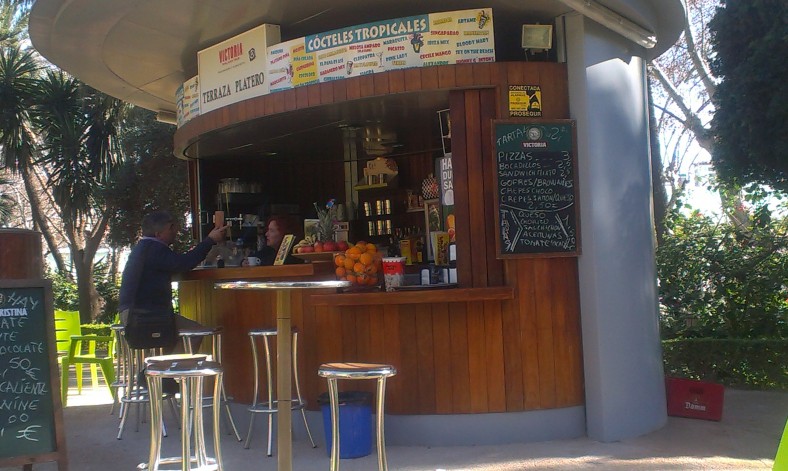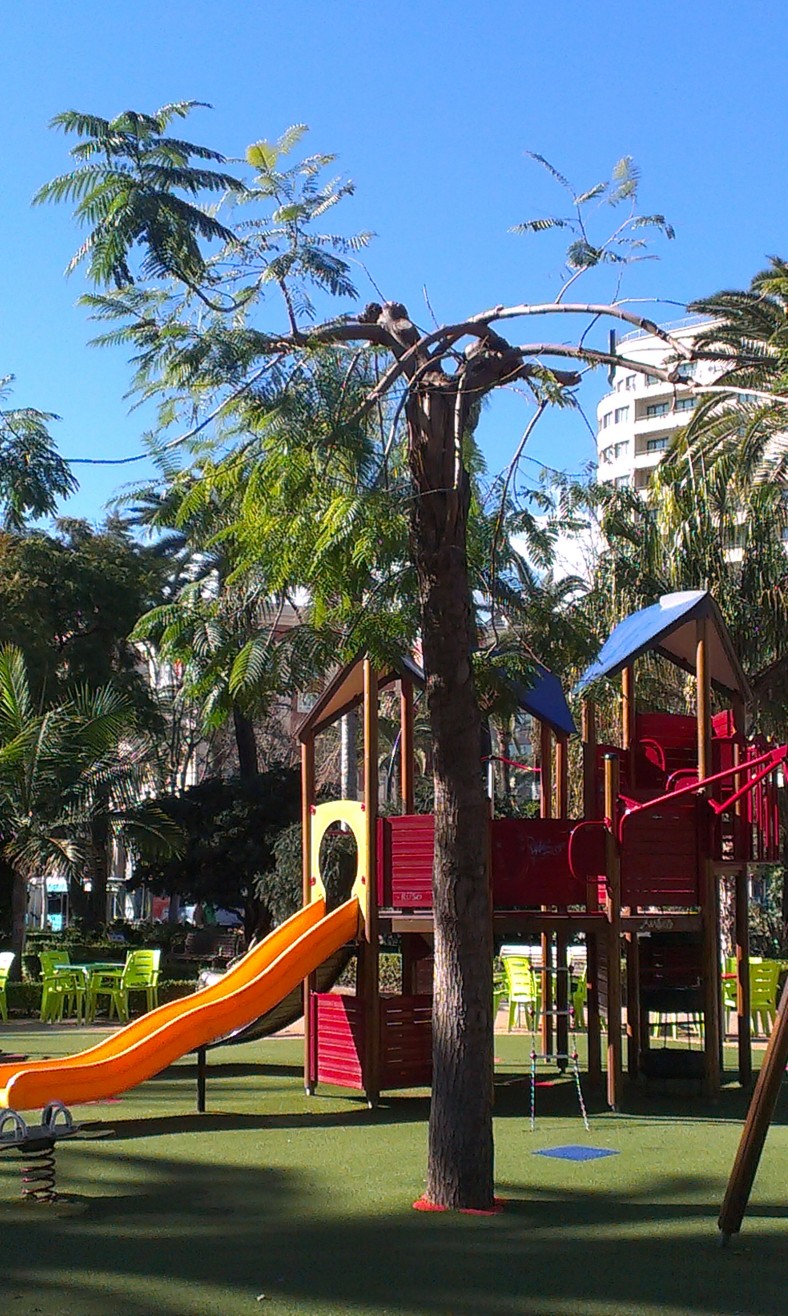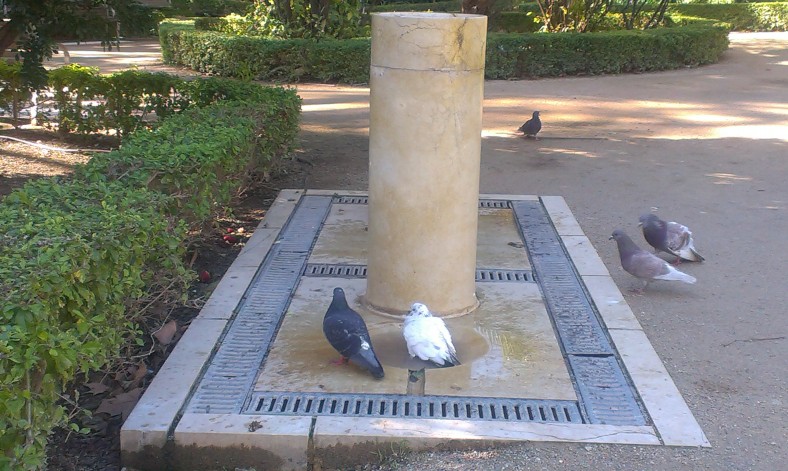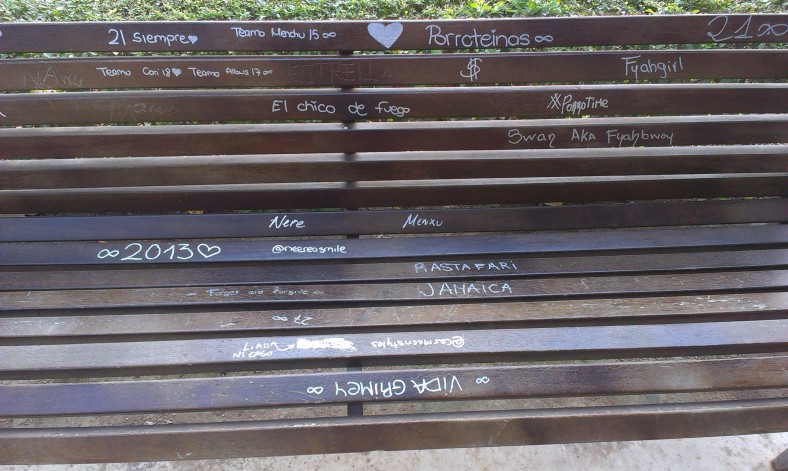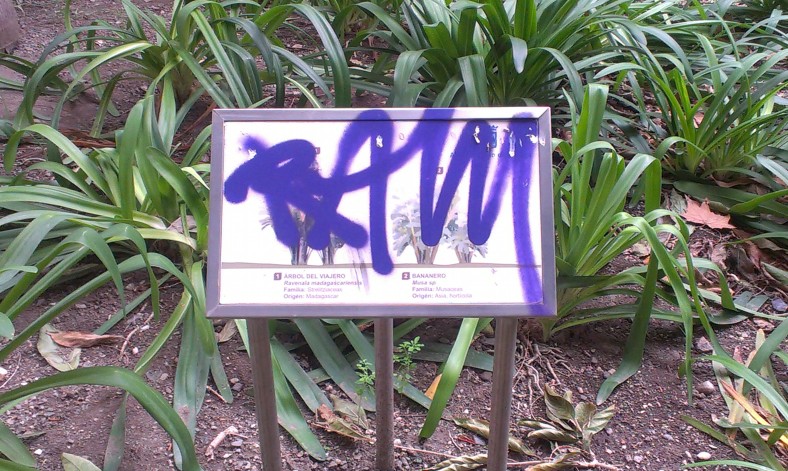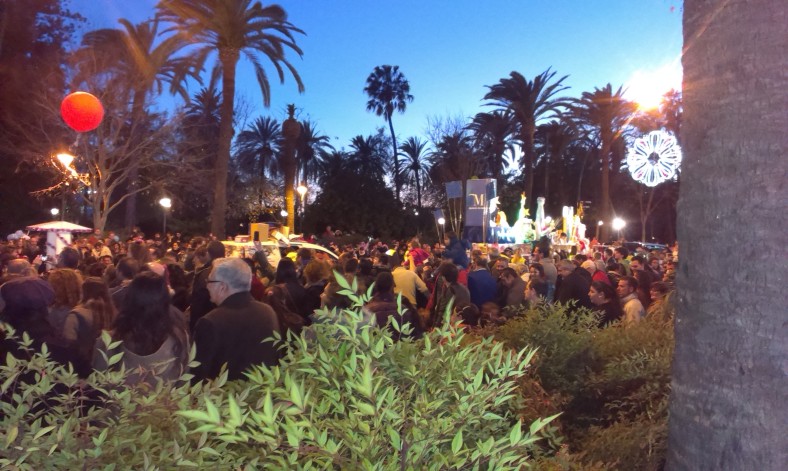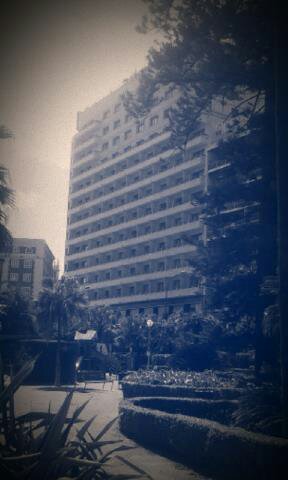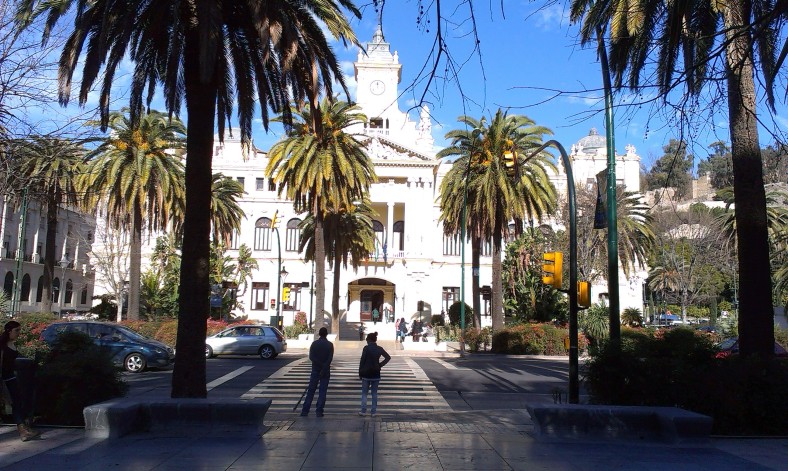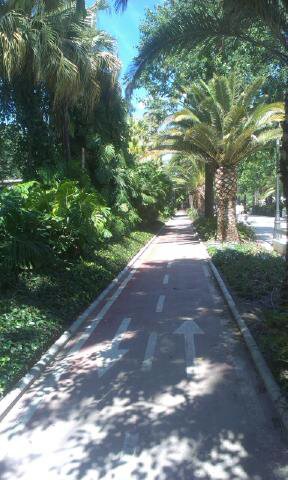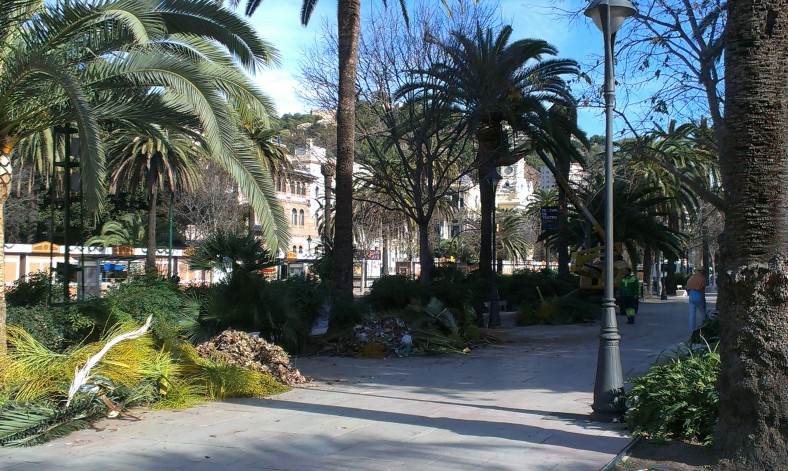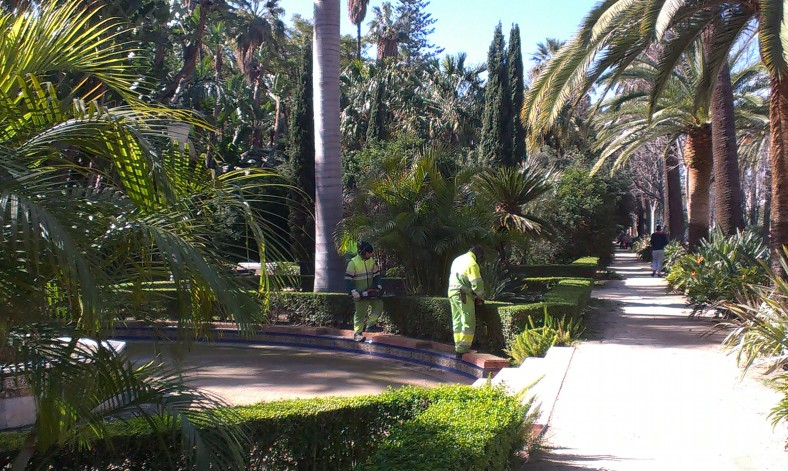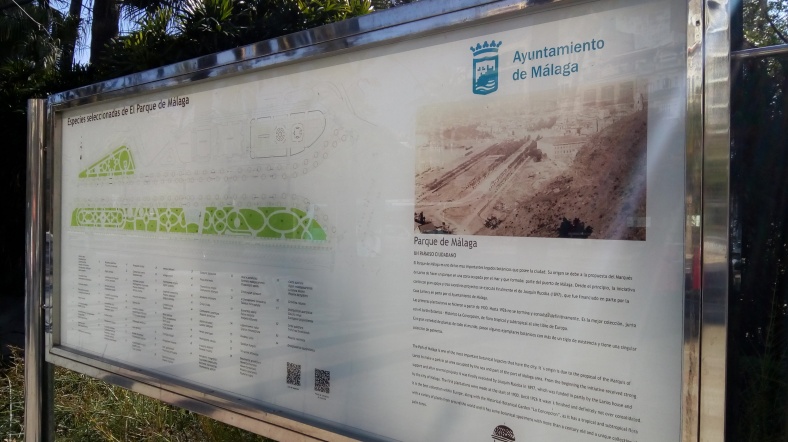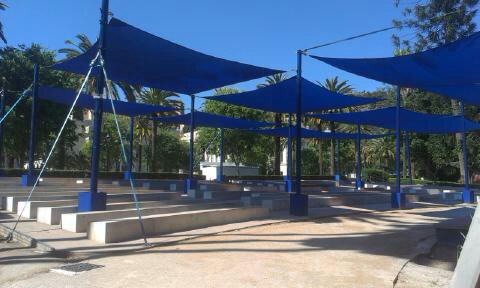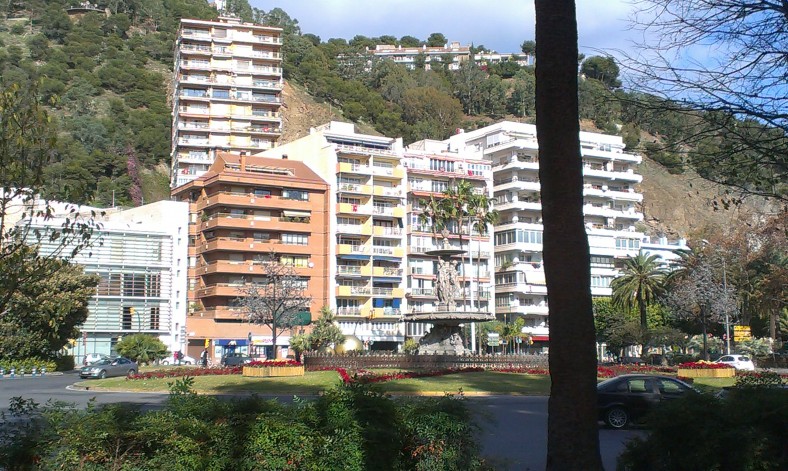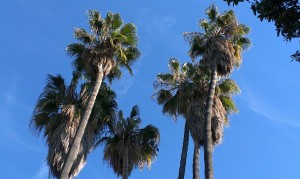As mentioned in the history section of this site, the Parque de Malaga was a project started over 100 years ago, and it soon became a focal point for a collection of rare plants from around the world.
However, in the work “Cien Años del Parque de Malaga” (“A 100 years of the Parque de Malaga,”) the authors argue that the site can be clearly distinguished from other famous botanic gardens. Whilst these are often private and remote, with their plants jealously guarded, the park was special in that it has always been “publico, abierto y proximo” (public, open, and nearby).
This was its defining characteristic. A city centre public area that is used for leisure, walking, conversation, music, dissected in two by a furiously busy road system with the constant roar of traffic nearby, yet at the same time laying claim to be classified amongst the “third tier” of important botanical gardens in Europe. As writer Jose Antonio del Canizo commented, “La Jardineria ha salido de los Palacios y se ha lanzado a conqistar la calle” (Gardening has left the Palaces, and has launched itself into conquering the street.)
The prescence of an open air theatre, regularly used for events and festivals, a cycleway, two play areas for children, and two adjoining outdoor cafes, is all testament to it’s modern, urban, public role. Going further back in time, there are references from the Parque’s glorious heyday to the workings of an open air cinema, plus a separate musical kiosk in the inner section where musical ensembles would entertain, and even to the existence of an open air library, which it seems played an important role in encouraging the exchange of books amongst Malaga’s citizens. Sadly, these have all disappeared during the park’s decline through apparent neglect and vandalism during the 20th century.
The photos (below) show the theatre, and (above) in full use during a vibrant “Festival for the Older Person” during my visit in May 2011.

A lively group of Malaga musicians and dancers on the Paseo del Parque, during the Christmas festivities, December 2013.
As an area which undergoes constant use by families, commuters and tourists on a daily basis, understandably one can sometimes arrive at the park to find it slightly untidy, especially after the latest fiesta, public event or spell of harsh weather. However within a day or two it is returned to a near pristine condition by a dedicated group of council workmen charged with the task of sweeping, cleaning, pruning and replanting.Usually you will find them around the park early mornings, before the rush of people.
Thesedays, the park’s public role extends to its function as an outdoor resting place for travellers, but also for the homeless. It is inevitable and fairly regular sight especially around the theatre, and on the benches dotted throughout. It’s true to state that a small element of petty crime also exists, but there are regular police patrols and, anyway, this is absolutely the case in all urban centres in 2013 wherever and whenever there are tourists present.
One of the less anticipated and welcome benefits for the visitor to this mini urban oasis is a thriving wildlife population – the constant chatter of green Parakeets that swoop around, building their nests in the palm trees above, along with doves, pigeons, sparrows, blackbirds. The odd lizard, mouse, and even rat are occasionally seen along with a hungry community of feral cats who welcome contributions from tourists and residents alike.
More than anything else however, the area is a classic example of the problem faced by urban planners in the 21st century. Namely, the priority given to motorised traffic and road schemes, over and above the desire to promote attractive green city spaces. Created over 100 years ago in a time of horse drawn carriages and pleasant Sunday morning strolls, nowadays the park has to contend with the volume of cars and public transport roaring through the Paseo del Parque and the Paseo de los Curas. It is a constant battle, and despite the valiant efforts of city planners (highlighted elsewhere in this blog) unfortunately at times one forms the impression that thesedays the Parque de Malaga, whilst attempting to offer a green oasis of peace and quiet to the visitor, in reality acts very much as an isolated traffic island amidst the background urban noise.
Even the architect of the new harbourside Palmera de las Sorpresas, Jeronimo Junquera recognised that, in spite of all the improvements to access, traffic flow, parking and public transport achieved through the redevelopment, the road scheme was “everything.” It cuts through Malaga without remorse, and prevents several contrasting areas – the newly landscaped Castle and Alcazaba zones, El Jardin de la Puerta Oscura, Los Jardines de Pedro Luis Alonso, El Parque de Malaga, La Alameda, and Muelle Uno, from truly flowing together to create one very impressive, uninterrupted green swathe through an urban centre. Having said that, what has been achieved over the last few years been remarkable and has certainly transformed the city, and continues to impress all those who now visit it.
Below are a further selection of images highlighting the very public, and 21st Century, nature of this iconic Parque.
